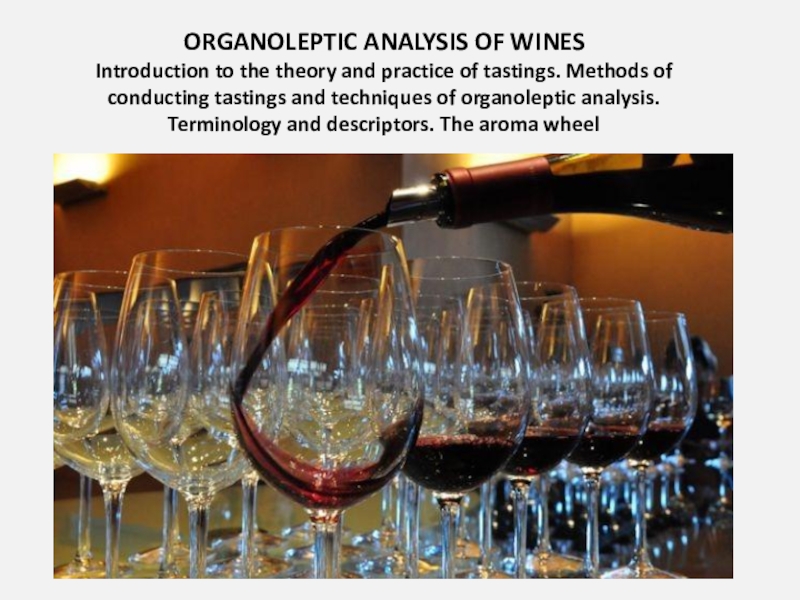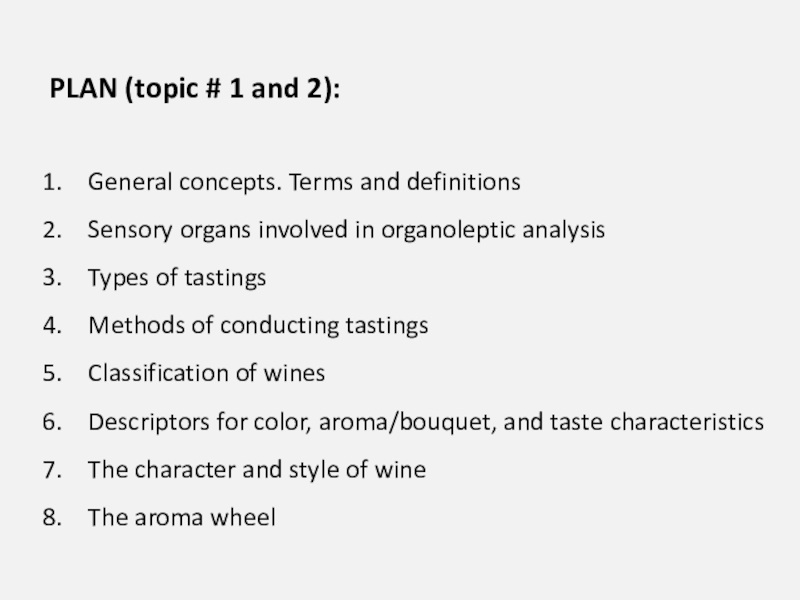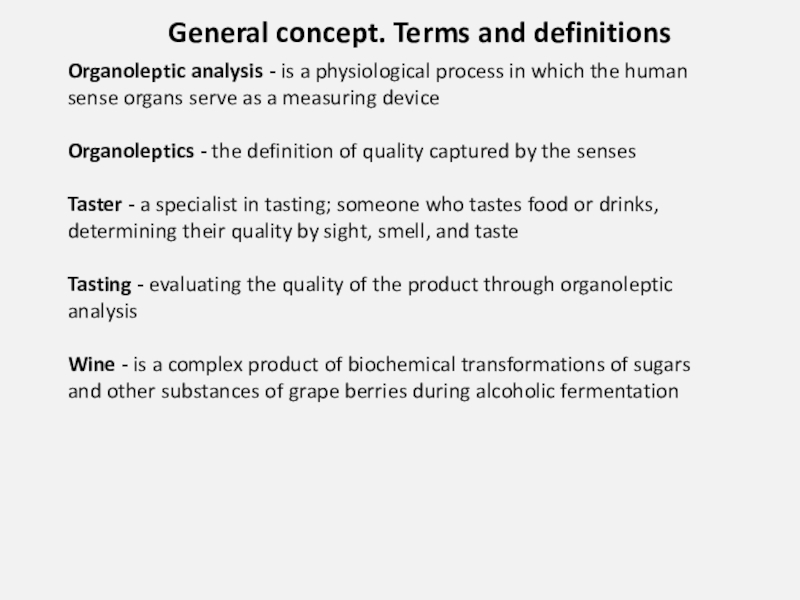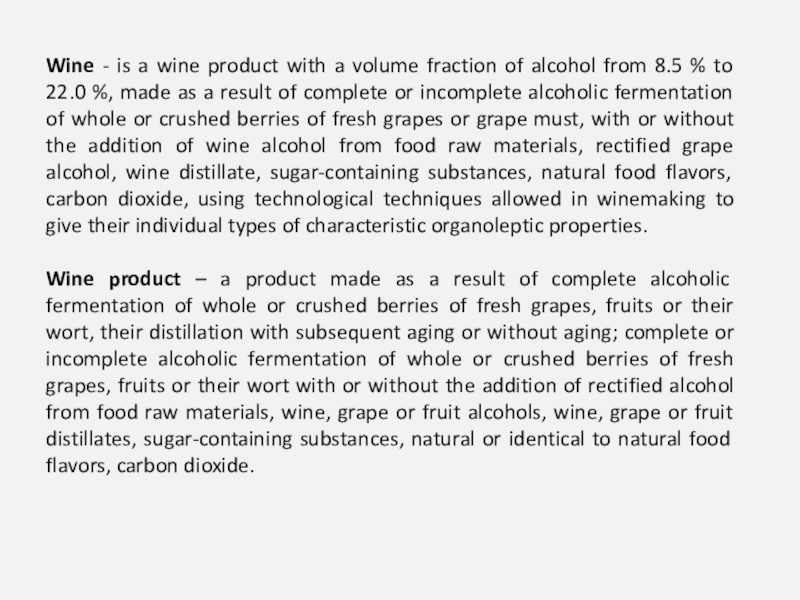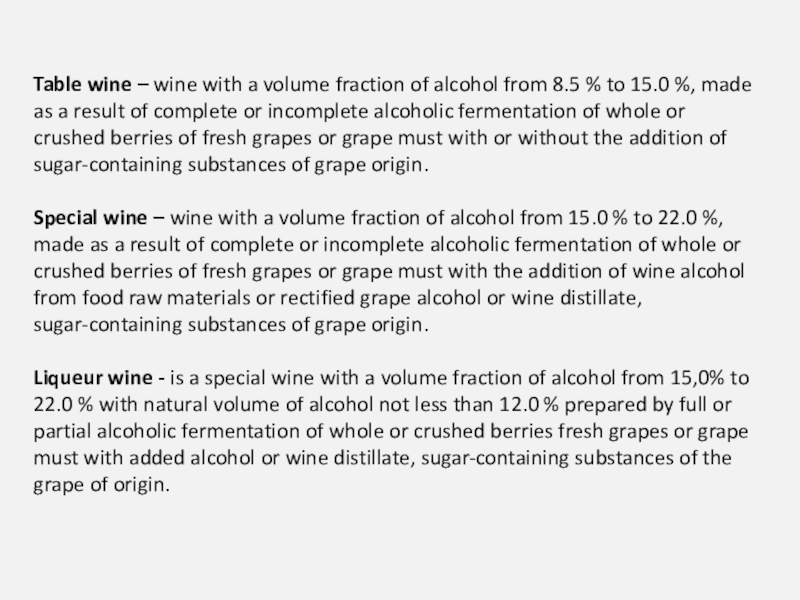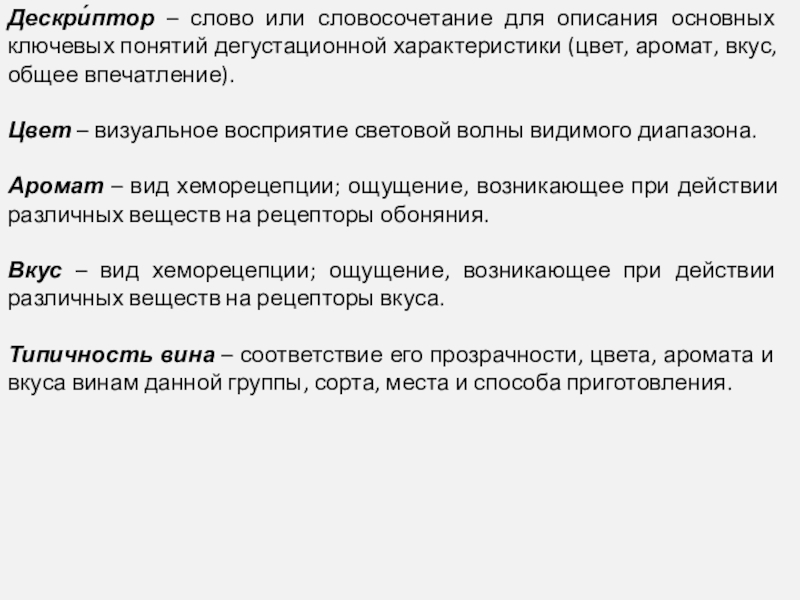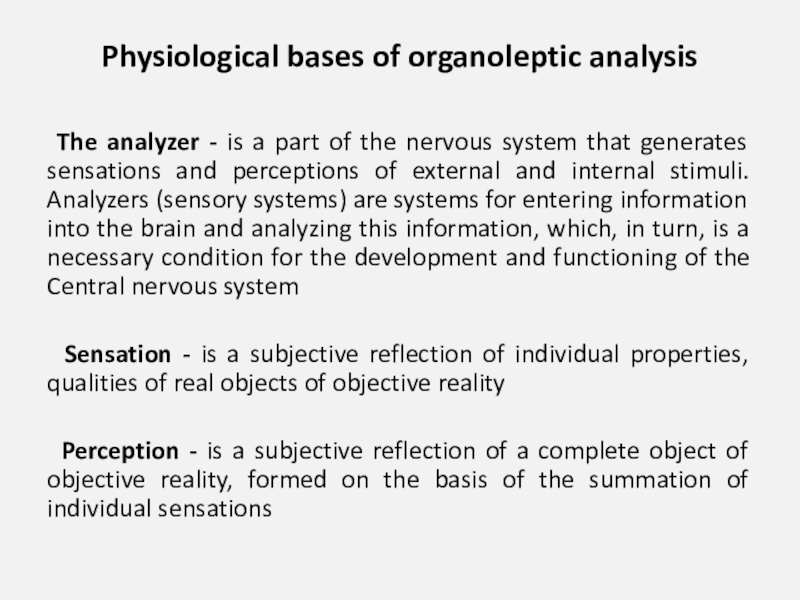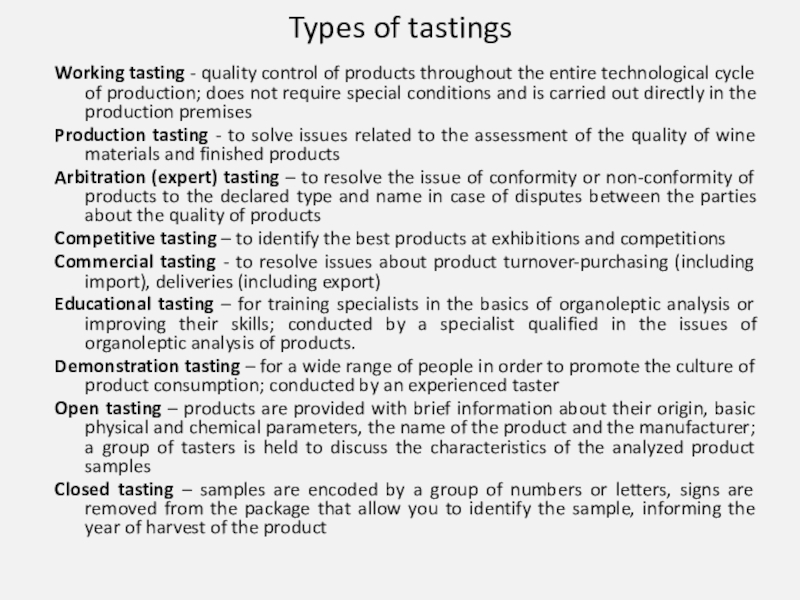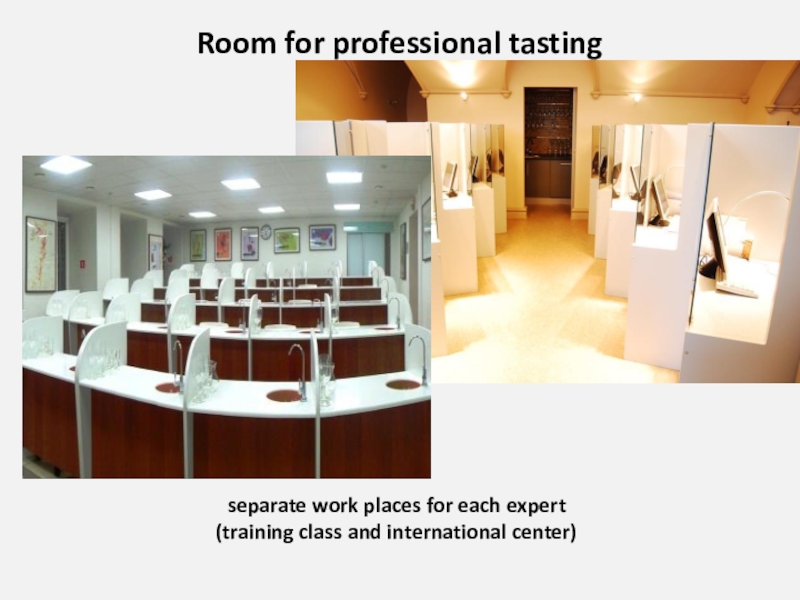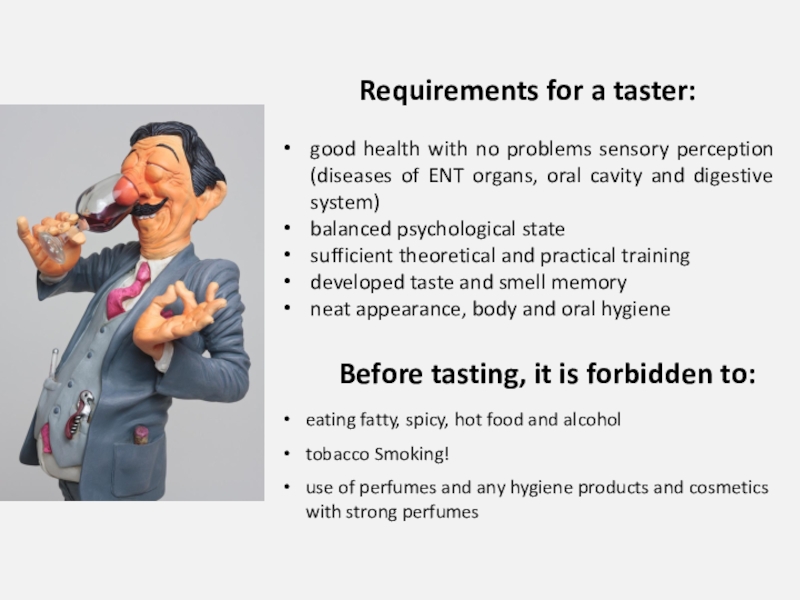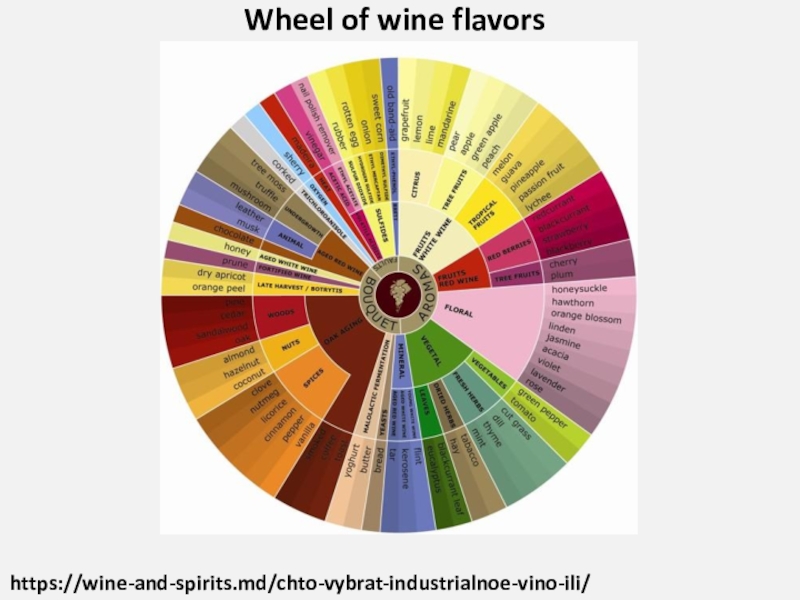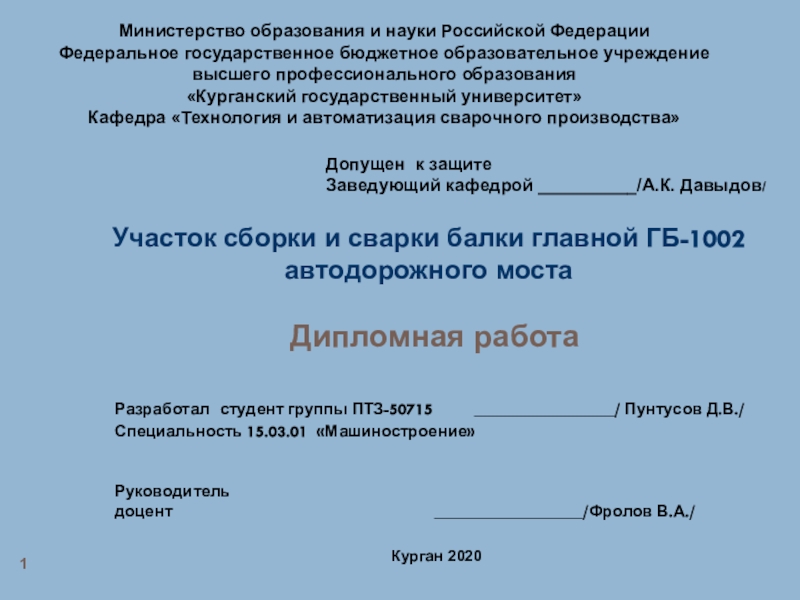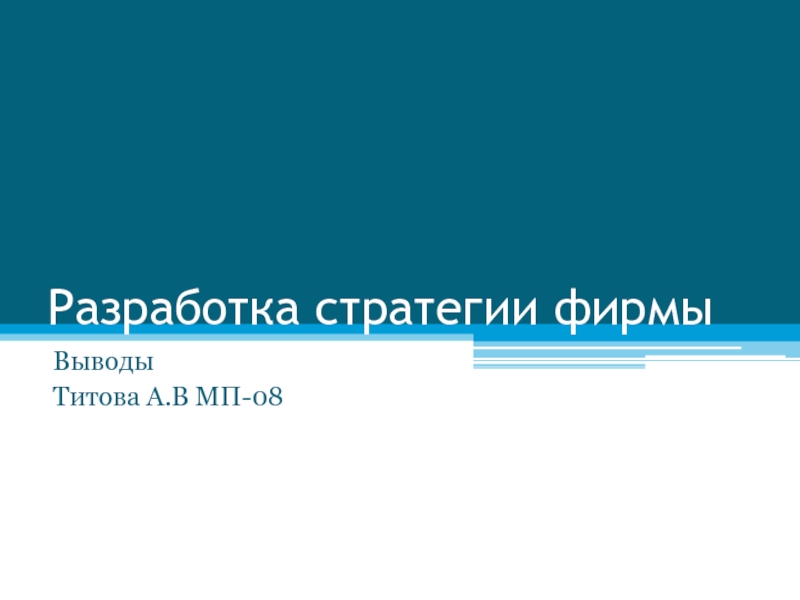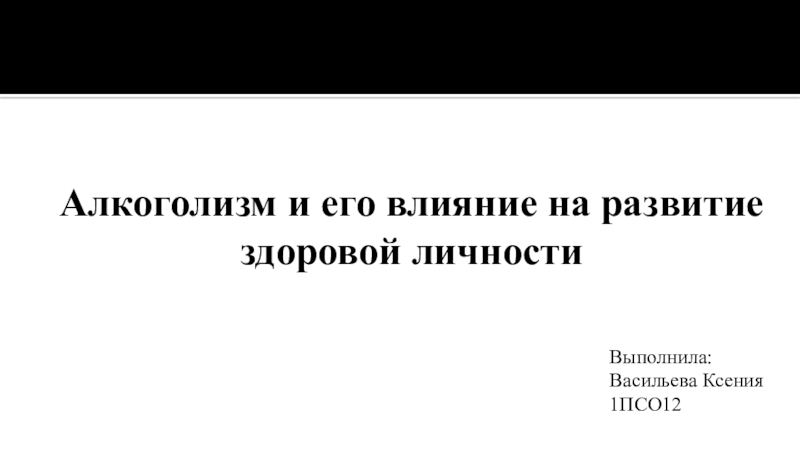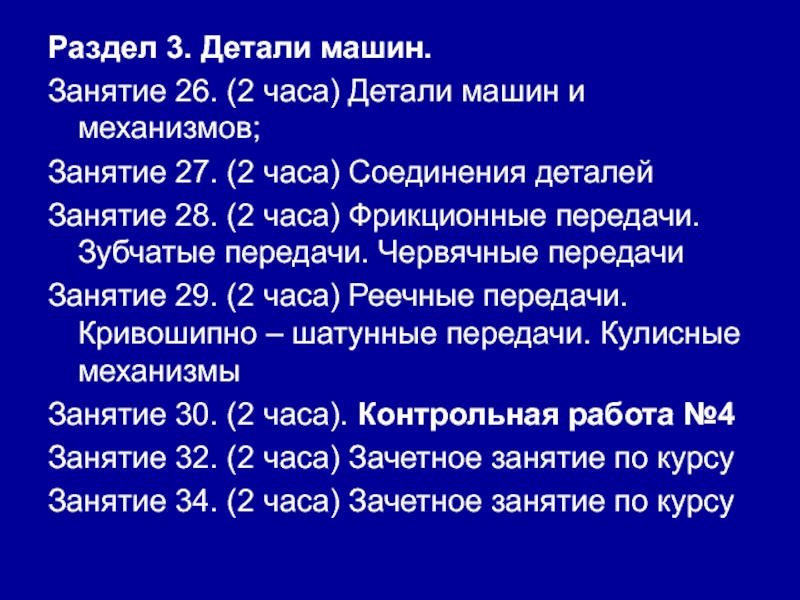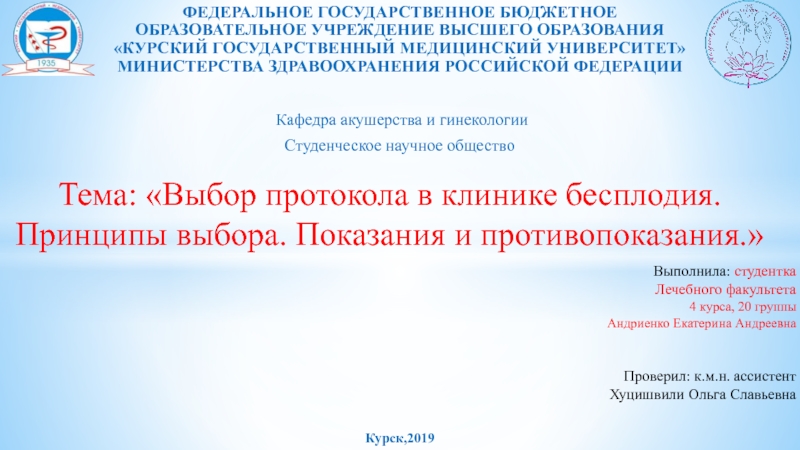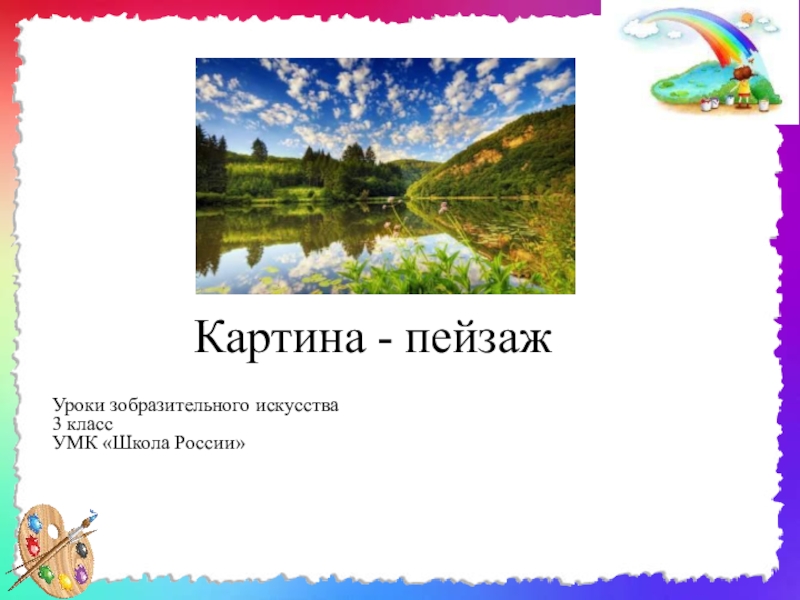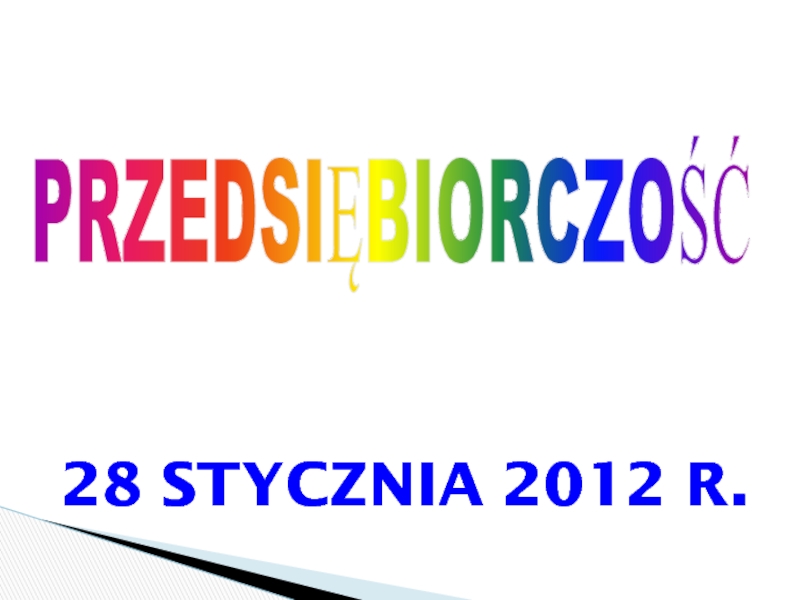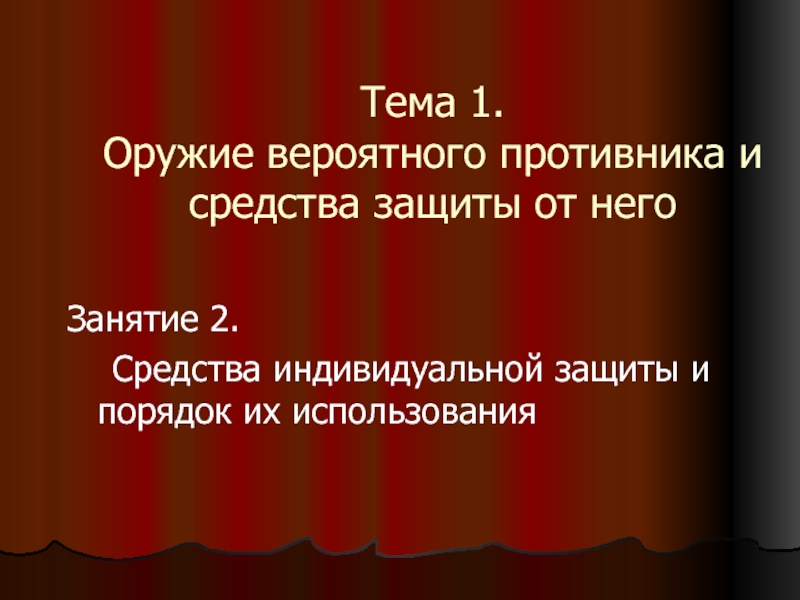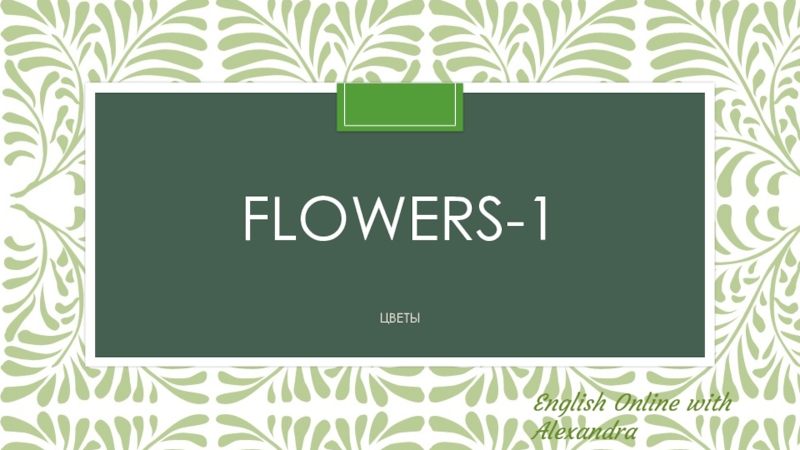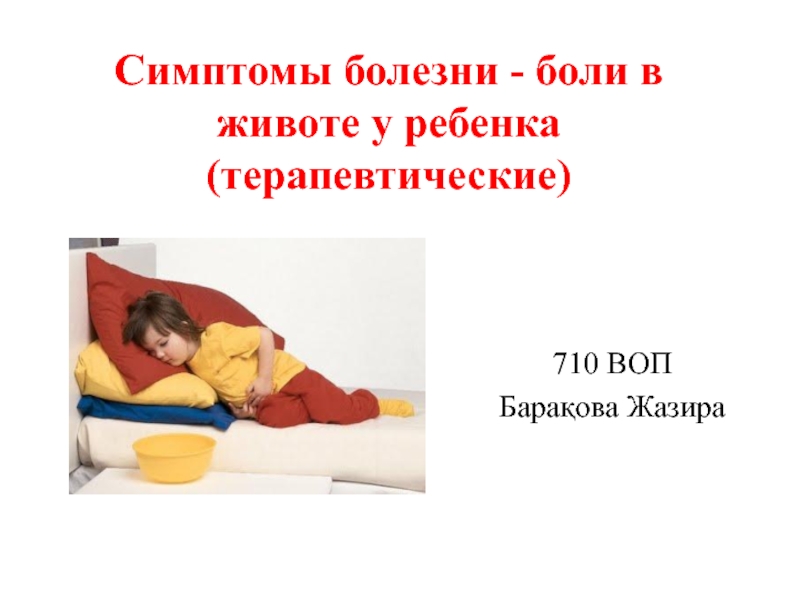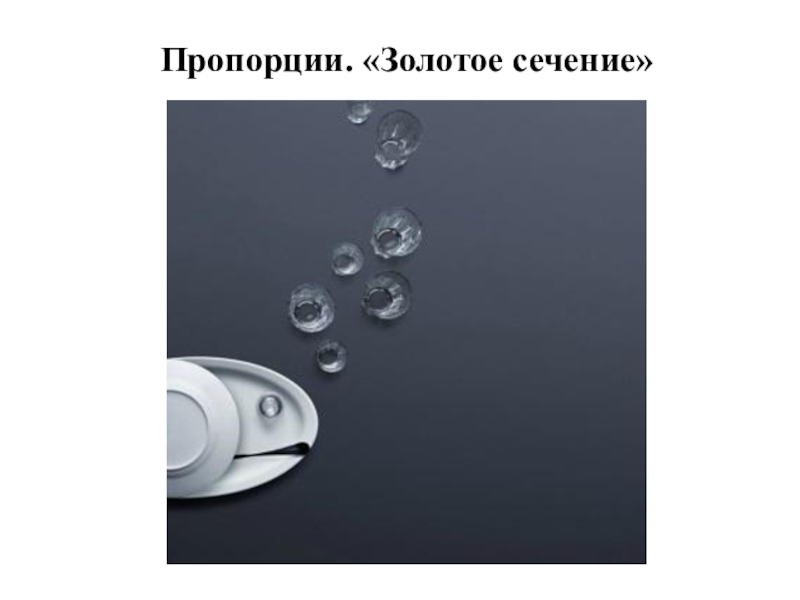Разделы презентаций
- Разное
- Английский язык
- Астрономия
- Алгебра
- Биология
- География
- Геометрия
- Детские презентации
- Информатика
- История
- Литература
- Математика
- Медицина
- Менеджмент
- Музыка
- МХК
- Немецкий язык
- ОБЖ
- Обществознание
- Окружающий мир
- Педагогика
- Русский язык
- Технология
- Физика
- Философия
- Химия
- Шаблоны, картинки для презентаций
- Экология
- Экономика
- Юриспруденция
ORGANOLEPTIC ANALYSIS OF WINES Introduction to the theory and practice of
Содержание
- 1. ORGANOLEPTIC ANALYSIS OF WINES Introduction to the theory and practice of
- 2. The purpose of mastering the discipline:Mastering the
- 3. PLAN (topic # 1 and 2):General concepts.
- 4. General concept. Terms and definitionsOrganoleptic analysis -
- 5. Wine - is a wine product with
- 6. Table wine – wine with a volume
- 7. Дескри́птор – слово или словосочетание для описания
- 8. Working tool - wine tasting glass European standard (ISA)
- 9. Physiological bases of organoleptic analysis The analyzer -
- 10. Types of tastingsWorking tasting - quality control
- 11. Room for professional tastingseparate work places for each expert (training class and international center)
- 12. Before tasting, it is forbidden to:eating fatty,
- 13. Wheel of wine flavorshttps://wine-and-spirits.md/chto-vybrat-industrialnoe-vino-ili/
- 14. Скачать презентанцию
The purpose of mastering the discipline:Mastering the basics of tasting analysis of different types of wines and cognacs.Tasks of the discipline: – familiarization with the rules of various types of tastings;–
Слайды и текст этой презентации
Слайд 2The purpose of mastering the discipline:
Mastering the basics of tasting
analysis of different types of wines and cognacs.
Tasks of the
discipline: – familiarization with the rules of various types of tastings;
– mastering the technique of tasting;
- acquisition of skills in organoleptic analysis of wine products;
- study of the relationship of sensory characteristics of the color, aroma and taste of the product with the chemical composition of the wine.
Слайд 3PLAN (topic # 1 and 2):
General concepts. Terms and definitions
Sensory
organs involved in organoleptic analysis
Types of tastings
Methods of conducting
tastingsClassification of wines
Descriptors for color, aroma/bouquet, and taste characteristics
The character and style of wine
The aroma wheel
Слайд 4
General concept. Terms and definitions
Organoleptic analysis - is a physiological
process in which the human sense organs serve as a
measuring deviceOrganoleptics - the definition of quality captured by the senses
Taster - a specialist in tasting; someone who tastes food or drinks, determining their quality by sight, smell, and taste
Tasting - evaluating the quality of the product through organoleptic analysis
Wine - is a complex product of biochemical transformations of sugars and other substances of grape berries during alcoholic fermentation
Слайд 5Wine - is a wine product with a volume fraction
of alcohol from 8.5 % to 22.0 %, made as
a result of complete or incomplete alcoholic fermentation of whole or crushed berries of fresh grapes or grape must, with or without the addition of wine alcohol from food raw materials, rectified grape alcohol, wine distillate, sugar-containing substances, natural food flavors, carbon dioxide, using technological techniques allowed in winemaking to give their individual types of characteristic organoleptic properties.Wine product – a product made as a result of complete alcoholic fermentation of whole or crushed berries of fresh grapes, fruits or their wort, their distillation with subsequent aging or without aging; complete or incomplete alcoholic fermentation of whole or crushed berries of fresh grapes, fruits or their wort with or without the addition of rectified alcohol from food raw materials, wine, grape or fruit alcohols, wine, grape or fruit distillates, sugar-containing substances, natural or identical to natural food flavors, carbon dioxide.
Слайд 6Table wine – wine with a volume fraction of alcohol
from 8.5 % to 15.0 %, made as a result
of complete or incomplete alcoholic fermentation of whole or crushed berries of fresh grapes or grape must with or without the addition of sugar-containing substances of grape origin.Special wine – wine with a volume fraction of alcohol from 15.0 % to 22.0 %, made as a result of complete or incomplete alcoholic fermentation of whole or crushed berries of fresh grapes or grape must with the addition of wine alcohol from food raw materials or rectified grape alcohol or wine distillate, sugar-containing substances of grape origin.
Liqueur wine - is a special wine with a volume fraction of alcohol from 15,0% to 22.0 % with natural volume of alcohol not less than 12.0 % prepared by full or partial alcoholic fermentation of whole or crushed berries fresh grapes or grape must with added alcohol or wine distillate, sugar-containing substances of the grape of origin.
Слайд 7Дескри́птор – слово или словосочетание для описания основных ключевых понятий
дегустационной характеристики (цвет, аромат, вкус, общее впечатление).
Цвет – визуальное восприятие
световой волны видимого диапазона.Аромат – вид хеморецепции; ощущение, возникающее при действии различных веществ на рецепторы обоняния.
Вкус – вид хеморецепции; ощущение, возникающее при действии различных веществ на рецепторы вкуса.
Типичность вина – соответствие его прозрачности, цвета, аромата и вкуса винам данной группы, сорта, места и способа приготовления.
Слайд 9Physiological bases of organoleptic analysis
The analyzer - is a part
of the nervous system that generates sensations and perceptions of
external and internal stimuli. Analyzers (sensory systems) are systems for entering information into the brain and analyzing this information, which, in turn, is a necessary condition for the development and functioning of the Central nervous systemSensation - is a subjective reflection of individual properties, qualities of real objects of objective reality
Perception - is a subjective reflection of a complete object of objective reality, formed on the basis of the summation of individual sensations
Слайд 10Types of tastings
Working tasting - quality control of products throughout
the entire technological cycle of production; does not require special
conditions and is carried out directly in the production premisesProduction tasting - to solve issues related to the assessment of the quality of wine materials and finished products
Arbitration (expert) tasting – to resolve the issue of conformity or non-conformity of products to the declared type and name in case of disputes between the parties about the quality of products
Competitive tasting – to identify the best products at exhibitions and competitions
Commercial tasting - to resolve issues about product turnover-purchasing (including import), deliveries (including export)
Educational tasting – for training specialists in the basics of organoleptic analysis or improving their skills; conducted by a specialist qualified in the issues of organoleptic analysis of products.
Demonstration tasting – for a wide range of people in order to promote the culture of product consumption; conducted by an experienced taster
Open tasting – products are provided with brief information about their origin, basic physical and chemical parameters, the name of the product and the manufacturer; a group of tasters is held to discuss the characteristics of the analyzed product samples
Closed tasting – samples are encoded by a group of numbers or letters, signs are removed from the package that allow you to identify the sample, informing the year of harvest of the product
Слайд 11Room for professional tasting
separate work places for each expert (training
class and international center)
Слайд 12Before tasting, it is forbidden to:
eating fatty, spicy, hot food
and alcohol
tobacco Smoking!
use of perfumes and any hygiene products and
cosmetics with strong perfumesRequirements for a taster:
good health with no problems sensory perception (diseases of ENT organs, oral cavity and digestive system)
balanced psychological state
sufficient theoretical and practical training
developed taste and smell memory
neat appearance, body and oral hygiene
